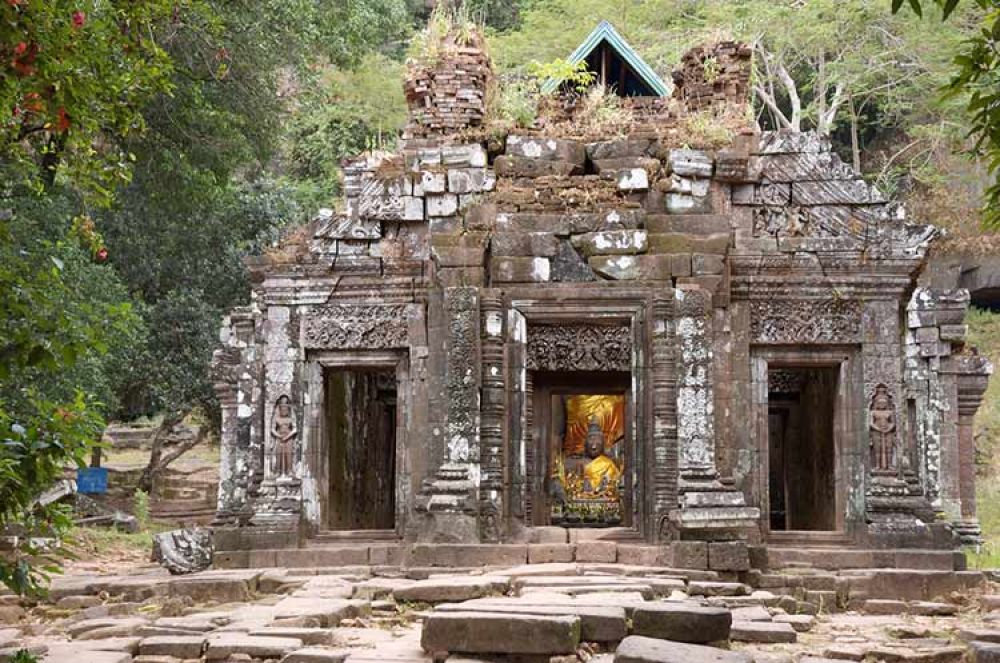

The history of tourism at Wat Phou, a temple complex located in the Champasak province near Pakse in Laos, begins with its ancient roots and cultural significance. Wat Phou, also known as Vat Phou or Wat Phu, is a Khmer Hindu temple complex situated at the base of mount Phou Kao, and faces the Mekong River. It's a testament to the architectural prowess of the Khmer empire which dominated the region from the 10th to the 14th century. Wat Phou is designated as a UNESCO World Heritage Site, thanks to its historical value and its deep significance within the cultural heritage of Laos.
The origins of Wat Phou can be traced back to the 5th century AD when it started as a shrine; it later became part of the Khmer Empire with strong links to the grand capital of Angkor. During its prime, the temple complex was a center for Hindu worship, dedicated to the god Shiva. The site reflects a blend of architectural styles that evolved through various historical periods. As such, Wat Phou serves not only as a spiritual site but also as a chronological marker of the socio-religious development of the area.
Modern interest and tourism in Wat Phou began relatively late due to the remoteness of Laos and the temple's location. It wasn’t until the late 20th century, around the 1990s and onwards, when Laos opened up to the international community and the interest in Wat Phou as a tourism destination flourished. Efforts were made to preserve and restore the ancient structures, making the site more accessible and informative for visitors.
In recent years, tourism at Wat Phou has become an integral part of the local economy. Visitors come from all over the world to marvel at its ancient beauty, partake in cultural exploration, and enjoy the serene Laotian landscape. Emphasis on sustainable tourism is noticeable, with policies aimed at conserving the site's integrity while boosting local communities.
Eco-tourism is also increasingly popular, as the site's natural surroundings are as compelling as the temple itself. Tourists are encouraged to explore the nearby areas through eco-friendly practices, ensuring minimal environmental impact. The annual Wat Phou festival, which takes place during the full moon of the third lunar month, has become a major draw for tourists, offering a glimpse into local traditions and celebrations.
For visitors planning a trip to Wat Phou, it is recommended to visit during the cooler months from November to February. Being prepared with proper hydration, sun protection, and comfortable footwear is crucial due to the outdoor nature of the site. Engaging a local guide can greatly enrich the experience, offering insights into the history, culture, and significance of the temple complex that may not be obvious to the casual observer.
Overall, Wat Phou remains a prime example of not only ancient Lao and Khmer cultural synergy but also a successful case of how historical sites can be leveraged to drive responsible and enriching tourism.